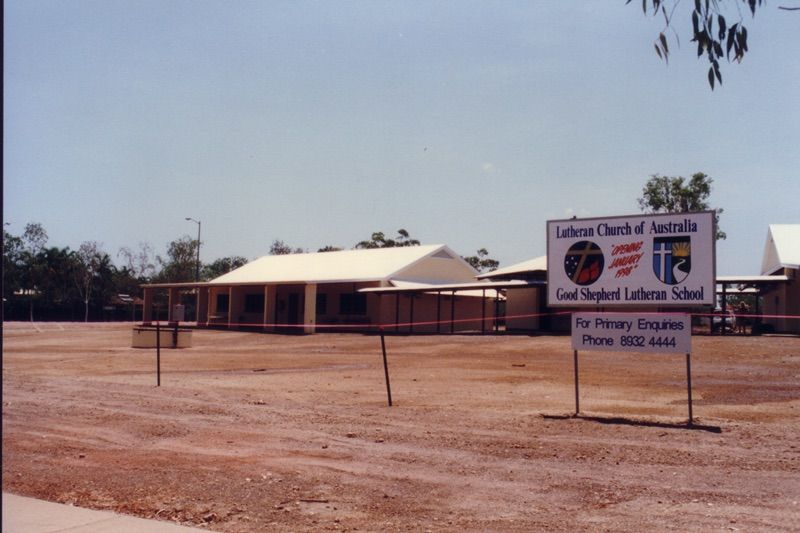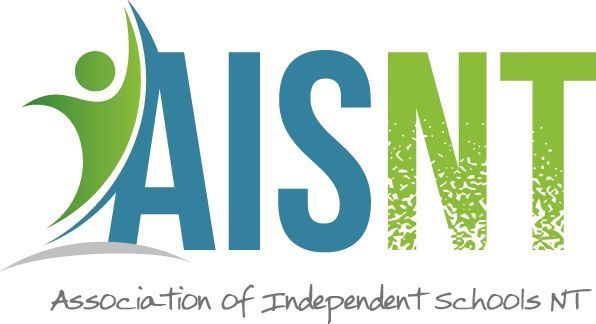The Thinker & The Hands
The Thinker
I am an admirer of the very talented Sculptor, Francois Augusta René Rodin. Many see him as the founder of modern sculpture. My favourite piece is “The Thinker”, which I was fortunate to see in Venice. The original casting is in the Musée Rodin in Paris. I find the sculpture to be both beautiful and thought provoking. Another of his gems is “The Cathedral”. With this Rodin has crafted two hands barely touching each other, like the entrance to a cathedral. To me the sculpture highlights the power of the human hand and promotes reflection on all the good that hands can do. It is also a fine reminder to a thinking teacher that learning by doing and thinking about it usually pays dividends.

I think the two sculptures are an inspiration for school leaders. A prime aim of a School Principal is to promote thinking amongst both staff and students. Indeed a Principal who does their job mechanically, without due thought, will not be able to present the richness of their craft.
When interviewing someone for a Principal’s position the board should consider how they will effectively test whether the person they are interviewing thinks deeply, creatively, courageously and constructively. If the applicant simply follows the “playbook” then they are not the person for the job. If their thinking about a problem is shallow they should also be excluded.
As Principal, when you are appointing someone to a leadership position, you should also take the time to find out whether they are good thinkers. If your leaders are good thinkers, they will enrich the school and stimulate the students. As thinkers, they may at times also disagree with you, which is not unhealthy.
Let’s consider the Cathedral Hands. This sculpture promotes the notion that even if a person is a good thinker, they should use this gift in a constructive way to enhance the value of the experience staff and students have. The non-thinkers may follow convention without any approach to creativity or may not be able to imagine situations where danger occurs or where students will suffer in some way.
I have known teachers who were prepared, well organised, hardworking and thorough, but had the amazing ability to produce boring lessons which the students hated. They seemed incapable of thinking how their lesson would be received. Often behaviour was a concern in those classes because the students were bored.
As a Thinking Principal it is valuable to share your ideas with your staff. A Thinking Principal has a better chance of inspiring the teachers and certainly the students. A Thinking Principal must allocate time, when they can, to “Thinking”. It is not helpful if you let the job stop your Thinking.
It is dangerous if a Principal is simply reactive without thought. If a school is too leanly staffed and Thinking time is cut out, then long term, the school is on dangerous ground. I have seen boards act in such a way that they clearly don’t understand the importance of Thought. If there are not enough people to staff the school adequately, mistakes will be made and the quality of the offering will fall. This is not a cry to overstaff schools. However, there will be a sensible, safe staffing level which will result in avoiding difficulties and disasters. It is the Principal who is responsible for determining this and justifying it to the Board, not the Business Manager. If the safe staffing level cannot be afforded then the Board has a problem to solve, but the risk cannot be taken. I had a staff member who believed that if six students were on a twenty-day overseas trip, only one teacher should go. I saw this as a huge risk and insisted on two. I have been on trips where there has been an emergency and two have been required. But as Principal you can’t let anything “go through to the keeper”.
Responsibility is indeed a weight on a Principal’s shoulders and keenly felt. Thinking constructively is a way to deal with responsibility and being clear about its importance is how to tackle it. Not thinking about an issue actually solves nothing.
The Hands
Hands are amazing and when you think of the millions of creative things they have done over human existence they become many times more amazing. Rodin’s sculptures are such a powerful example of the creativity of the human mind and the unbelievable capacity of human hands. As I play my mandolin and I’m only an average “Muso”, I look with wonder as my fingers land on the right string and fret to play the tune that is in my mind. Ah! That is part of the answer which is to be found in the human mind. Not always but often I can close my eyes and my fingers still find the right place to satisfy the choice my mind has made. Part way through my career I asked my very talented Head of Performing Arts to explain how our dancers were able to execute complicated movements in time with the music. “Chris”, he said, “it is all about muscle memory”. In my ignorance this was the first time I had heard about muscle memory. But now I had an understanding of how the hand served the brain or vice versa. The hands are far more powerful than I believe most people understand.
I think it is helpful if children understand this. From this understanding they can implement how hands can serve their owner and can be used by their owner to serve the community. And it is to this I want to direct attention.
The world survives if people are generous with their hands in helping others and enhancing the community. This fundamental concept is neglected by an unfortunate percentage of the population. However, the concept of community is fortunately embraced by many and service is a fundamental part of this.
An AISNT school undertook a project in Vanuatu to build a reasonable sized shed which would be a hall for young people. The site was challenging, in a subsistence village, near the coast, in a cyclone region, near a volcano. However, the project seemed possible and volunteers from the school were found. Money was raised and an industrial shed purchased. A concrete mixer, generator and other tools bought and transported there, to remain with the villagers for their use, after the project was finished. After much determination and difficulty the foundations were dug, slab was poured and the heavy steel frame was up. Instead of taking a few months this took years. The village then wanted the building changed to a church. Fortunately, some other volunteers pitched in to help and over a decade from start, the church is now about to be opened.
Hands, creativity, bravery, conquering the unknown, determination, persistence and the willingness to do something constructive all played a part and how exciting that it is now completed and can be used by the villagers.
Schools are involved in heaps of community service projects. Some are straight forward like going to an old peoples’ home and interacting with lonely people. Gordonstoun school in Scotland have their own fire brigade which is a properly registered fire service. The captain of the service is a well-trained senior student, and I met a very impressive one last year. Their service is real and on the local fire service list. The senior students attend genuine fires. A while back, when I visited the school, I found that it was the chaplain who drove the school’s very own fire truck.
A project in Alice was to make a large pot of soup and distribute it weekly to needy people. Another one was to clean up rubbish along the banks of the Todd River.
All these required a determination, a willing heart, and creative hands. It is so important for young people to see how they can serve the community and make a difference. It is then hoped that they will carry this understanding into life beyond school.
Rodin as a sculpture was a great communicator of ideas, using Sculpture as his way of doing this. School Principles are an important part of sculpting their schools and importantly should be good Thinkers, Doers and Communicators.
Written by Chris Tudor



